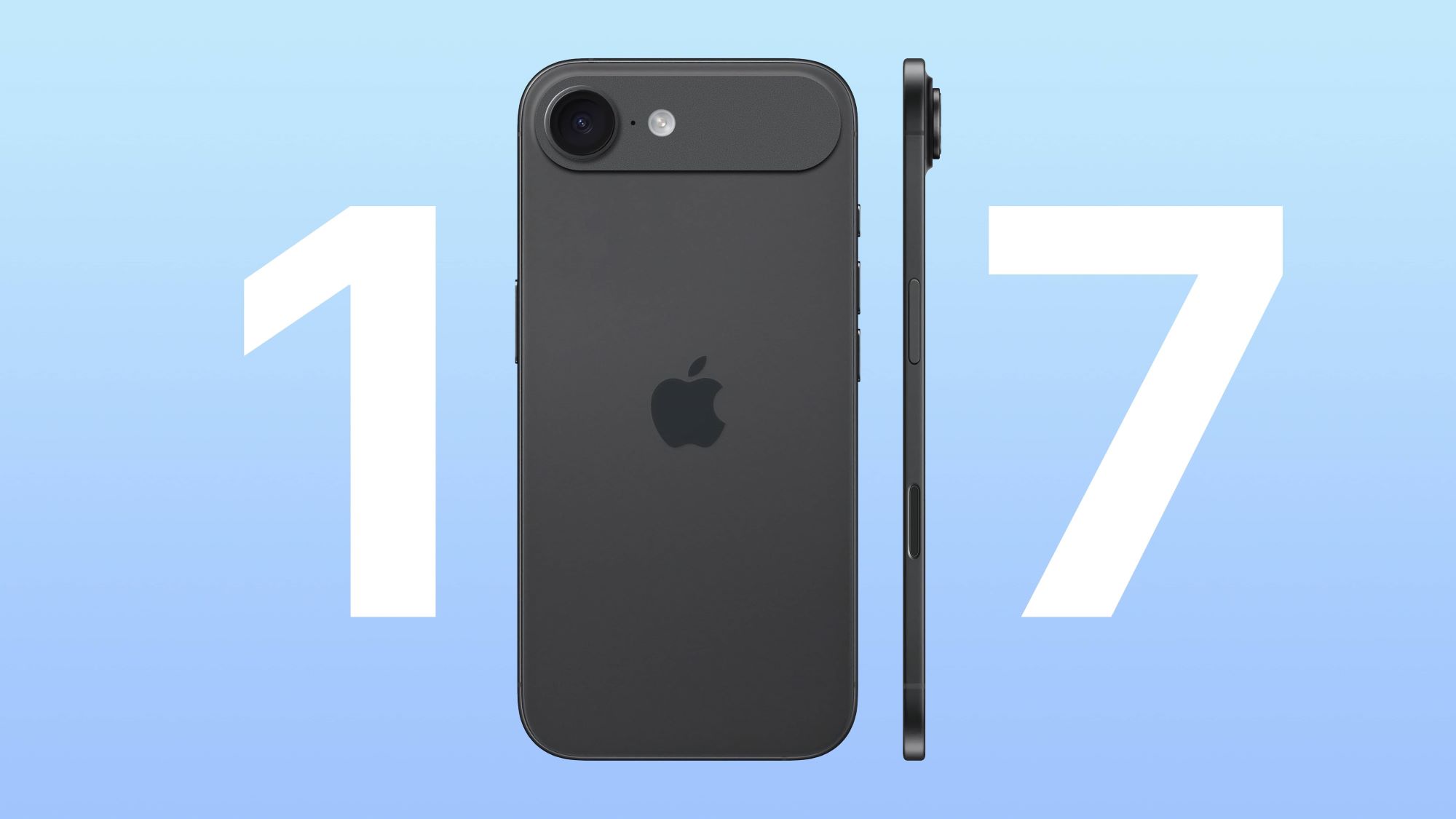It’s been said that breastfeeding is a healthier choice for the child than bottle milk – mostly because the mother passes nutrients to the child in breastfeeding that aren’t passed to the child from the mother when the child is bottle-fed.
And yet, few mothers in the Southern US are breastfeeding their children than in the Western United States.
That’s the word from a new study conducted by the Center for Disease Control (CDC). In the CDC’s comparison between western and southern states in breastfeeding, it was discovered that western states such as California, Montana, Washington, and Oregon all registered in the 90-percent bracket when it comes to the number of mothers breastfeeding their children: California at 92.8%, followed by Oregon (91.9%), Washington (91.8%), and Montana (91.2%). With regard to eastern states, only Vermont comes as close in breastfeeding stats as Western states with a 90% breastfeeding rate.
Of the southern states in the Union, Louisiana’s breastfeeding rate was the lowest (56.9%), followed by West Virginia (59.3%). The majority of southern states in the US registered in the 70% breastfeeding rate. The overall US breastfeeding rate for the 50 states comes in at around 79.2%.
The reasons for the disparity are unknown, but a number of factors (including economic) could play a role. It’s said that minimum wage is greater in more western states than southern states, so Western women are more likely to feed their children because they can afford to invest the time (whereas Southern women don’t make as much and don’t have as much time). Medical factors could be another reason, since some women don’t have the body constitution fit for breastfeeding.
Go here to learn more about breastfeeding rates and see the results by state: http://www.cdc.gov/breastfeeding/pdf/2014breastfeedingreportcard.pdf



